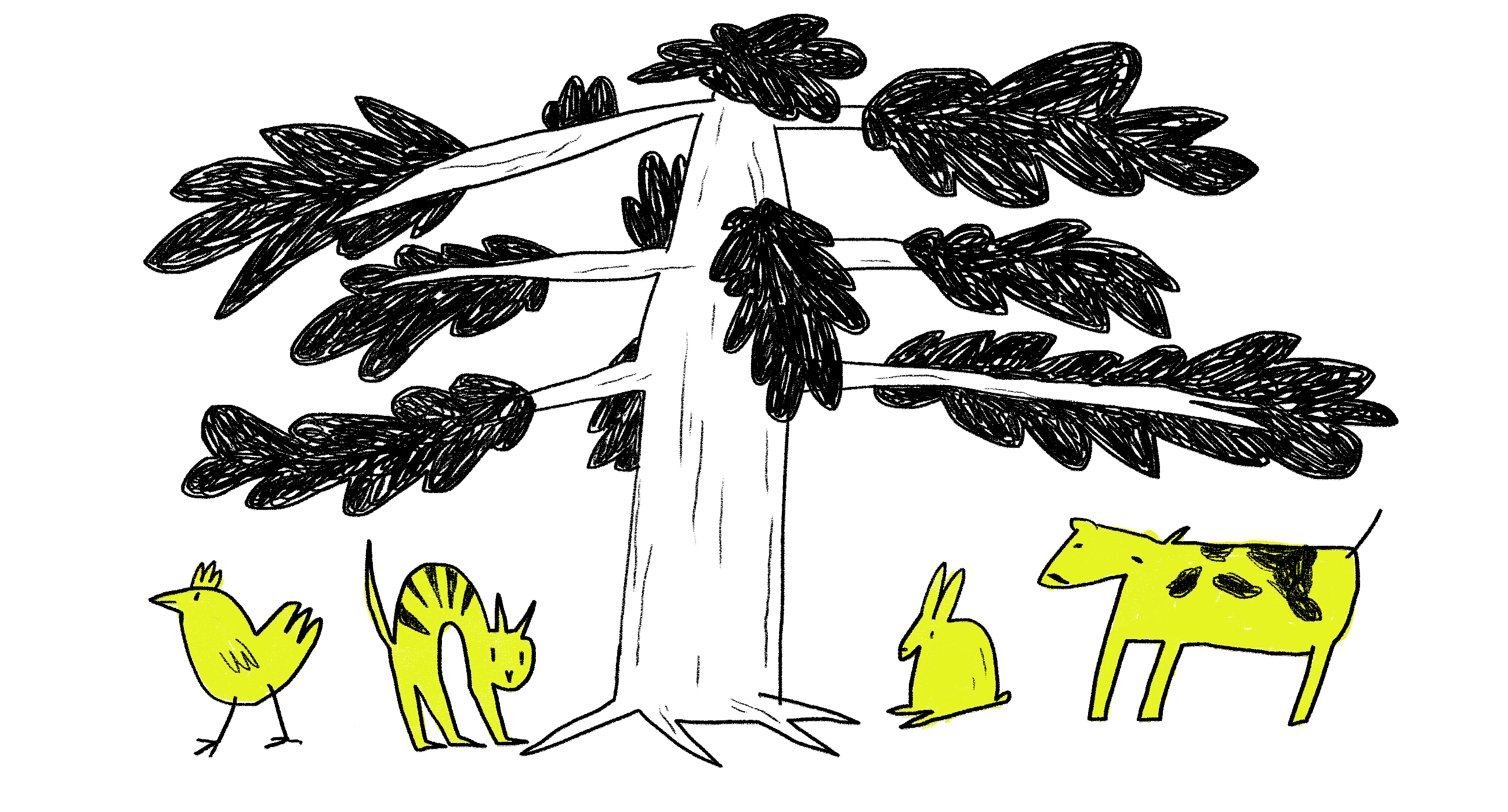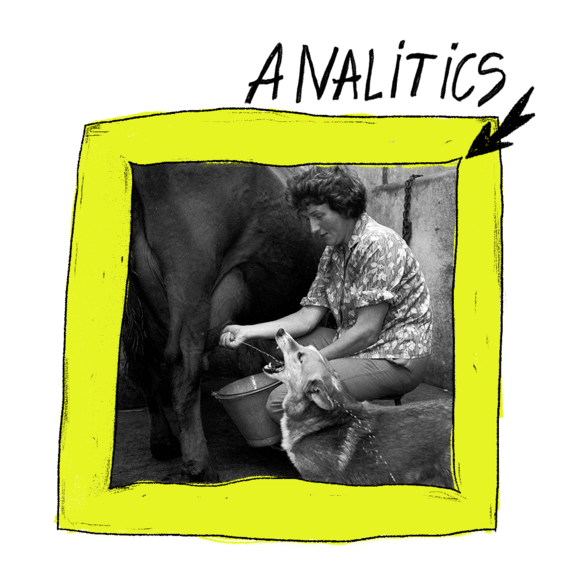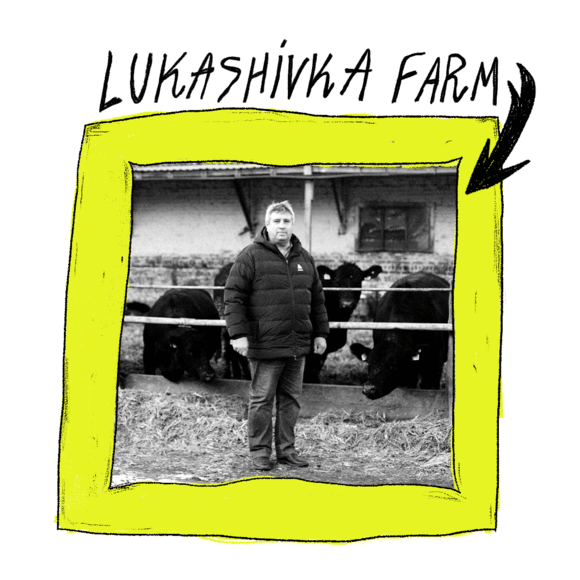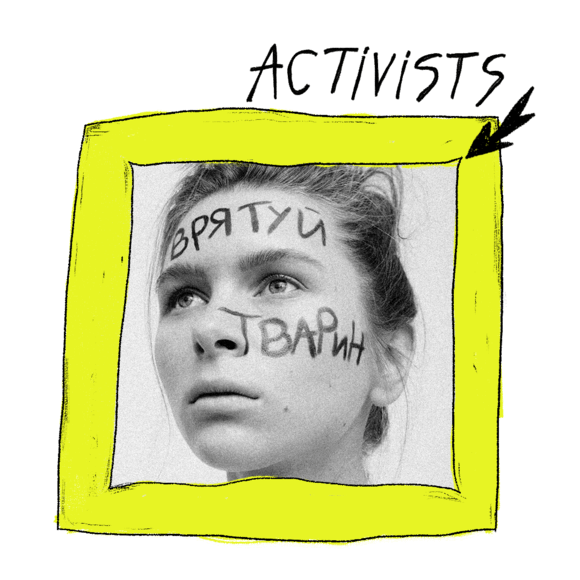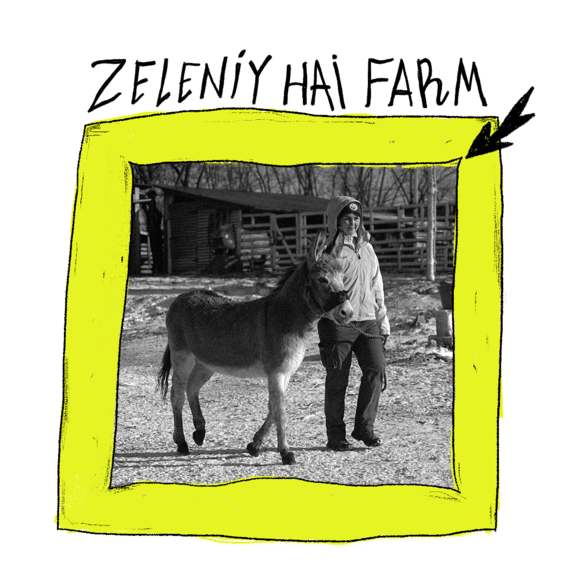Stray and Domestic Animals: How They Live during the War and Who Are the Incredible People Who Care For Them
21 December, 2023
Project author: Yevhenia Kostina
The impact of war can be seen in its various manifestations. Through the destruction of the environment, infrastructure, and future; degradation of food and water sources; physical death; and mental health/illness. The changes caused by the armed conflict leave a mark on society and spheres of life, on every family and every species, every animal and every human being.
Zaborona, together with young journalists from different regions of Ukraine, tried to start at least speaking up about the problems that stray and domestic animals face during a full-scale war, as well as the people who care for them. We will tell several stories and reveal several aspects through them: the environmental impact, the economic impact, and the security issue.
The war in Ukraine has been going on for almost ten years now, so the danger posed by ammunition and the shutdown of the industry have been discussed for a long time. However, the consequences of animal deaths and farm destruction were only discussed openly after the Kakhovka hydroelectric power plant tragedy. At the same time, the environmental catastrophe is ongoing, and we need to work on it and the mechanisms are already in place.
The economic aspect turned out to be much more complicated. An analysis of statistics for numerous years has shown that the livestock industry in Ukraine is inferior to crop production and has positive dynamics only in producing meat with a short-term cycle, i.e., poultry and pork. There is virtually no demand for cattle, so farmers and large enterprises are focused on dairy rather than meat products. That is, Ukrainians are not facing a shortage of meat and poultry, but whether they will be able to afford the products that are rising in price is another question.
In addition, there is a problem with access to financing because it is impossible to predict whether a missile or a “shahed” will strike. Then you can lose everything, including the animals and the people who bought the products. The special project features two stories from farms full of pain and optimism in regions on the border.
Particularly noteworthy is an interview with animal rights activists who continue to fight for the right of our soldiers to observe the principles of veganism, as well as for stray animals, which now number more than 1 million. As a result of the full-scale invasion, their number is increasing exponentially. According to the UAnimals organization, the number of cats and dogs in shelters increased by 60% in the first year of the war alone. Animals are evacuated from the war zone daily but covers run out of space. So many remain on the streets and can pose a danger to themselves and people.
Zaborona, the authors and heroes of the stories, will be grateful for sharing the special project on social media and for any other help. After all, there are no unimportant things now, especially regarding humanity.
The special project includes four separate texts: environmental and economic analysis; an interview with animal rights activists about stray animals and veganism; a photo report from a retreat farm in the Dnipro region, where animals evacuated from dangerous areas rest; and the story of an enterprise in the Chernihiv region that has been under fire and de-occupation for several weeks. To read each of the texts, click on the icon.
This publication was created as part of a project funded by the German Federal Foreign Office to support Ukrainian independent journalism.

